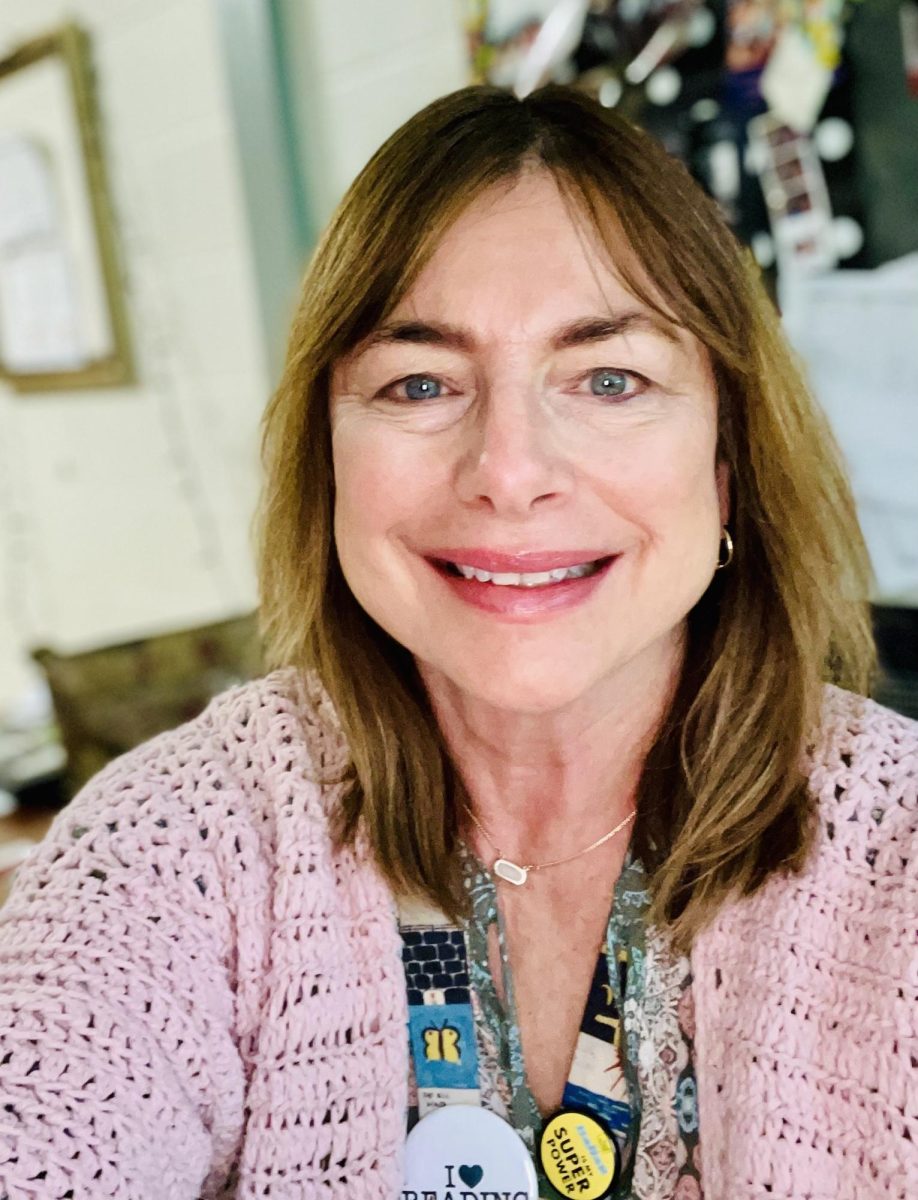
by Lauren Reiss
Last month, debate club members arrived early to the club fair to display their oak tag speech bubble: “Don’t hate! Join Debate!” A few stations over, the astronomy club members showcased their sign: “There is no hate in this space.” Across the gym, the club for Students Putting and End to Cancer (SPEC) utilized its speech bubble to declare the station a “Hate Free Zone.” Although the clubs came to the fair with the individualistic goal of recruiting new members, they also embraced a new goal: unite students of all interests and abilities against discrimination.
This goal and an immediate sense of solidarity existed amongst club fair participants as a result of a new school-wide initiative—“No Place for Hate.” The “No Place for Hate” initiative was designed by the Anti-Defamation League, with the purpose of “[enhancing] a culture of respect and [creating] a safe, bully-free learning environment for students at all grade levels.” The Anti-Defamation league currently offers this initiative in 17 regions throughout the nation; in New York, 65 high schools implemented the program in the 2014-2015 school year.
Chemistry teacher and activities coordinator Mr. Kevin Blumberg brought the “No Place for Hate” initiative to South to foster a sense of “cohesiveness, school pride, and ownership of the building.” He said Shared Decision Making members often discuss concerns that the school lacks spirit, but “we don’t lack school spirit,” he explained, “we lack unity and the time to create that unity.” The issue lies in that “different activities draw different crowds,” so, Mr. Blumberg proposed, “people can maintain their groups and invite others in.”
Prior to last month’s club fair, representatives from most of the many extracurricular activities at South met for the first “No Place for Hate” meeting of the school year. “The premise of the initiative is to cultivate a school of respect,” announced health teacher Ms. Jane Callaghan to the group. “Acknowledge that the school is filled with a lot of different people, and maximize the time that we all spend together here.”
Many of those involved agree that the plan is a progressive approach to unifying the student body, and HOSA President and Shared Decision Making Committee attendee Emily Bae agrees, noting additionally that it is a work in progress: “I think it’s a great start, but definitely all the clubs need to be more devoted to seeing it happen,” she said. “If we can have this representative body with all the leaders from different clubs, it would not only provide more networking for each club but also bring together the school in a bigger way.”






